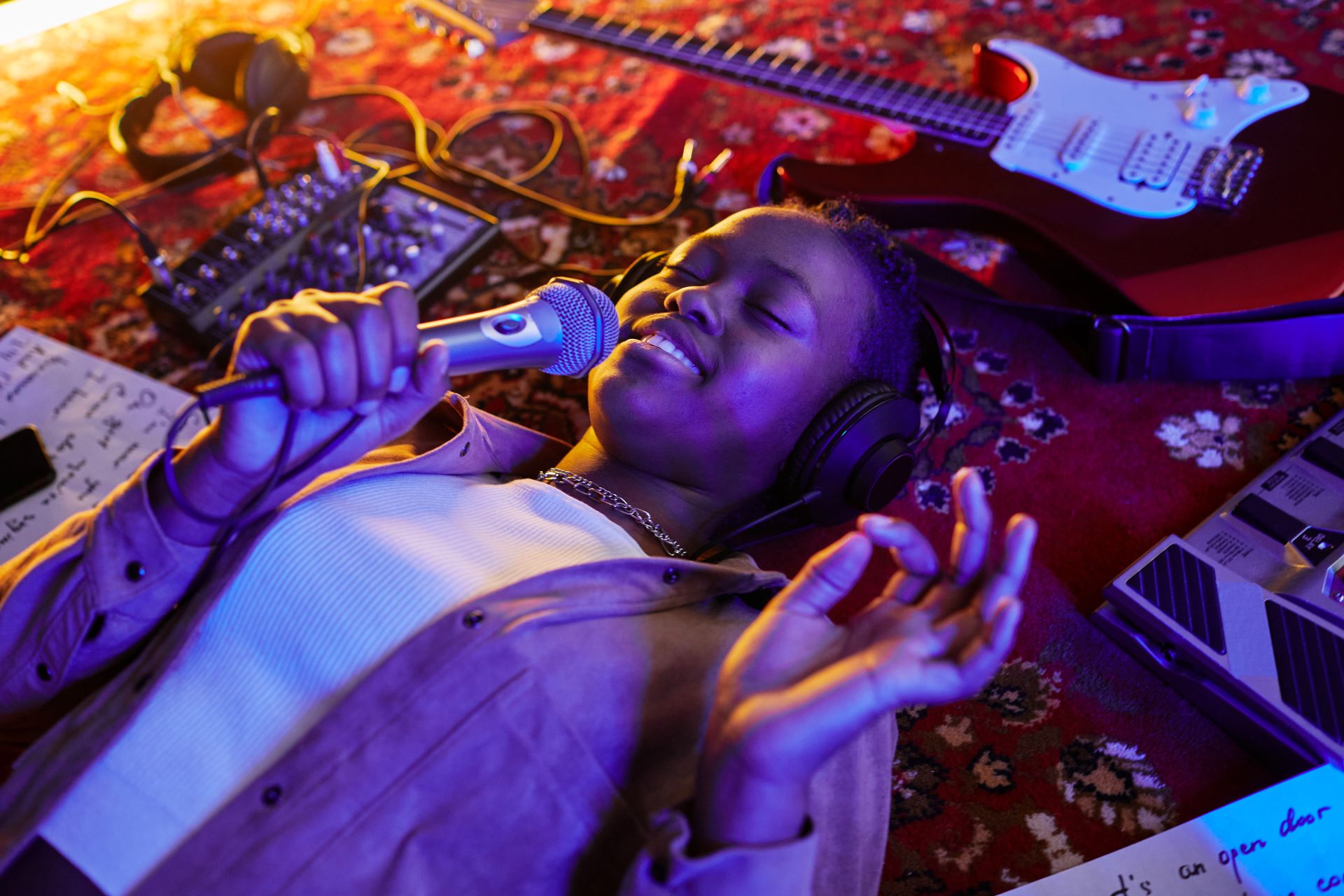

Men and women have evolved differently over time. These differences can be seen in their bodies, behaviors, and even in their genes. Scientists study these differences to understand how each gender has adapted to their unique challenges.
The Y chromosome, which determines male sex, is evolving faster than any other part of the human genetic code. This rapid evolution has been ongoing for the last 6 million years. Unlike other chromosomes, the Y chromosome started as a regular chromosome but was taken over by male-specific genes. Over time, it has become a key player in male fertility.
The constant changes in the Y chromosome affect various male traits. These changes can influence everything from physical characteristics to reproductive abilities. The Y chromosome’s unique evolution means it plays a significant role in shaping what it means to be male.
While the Y chromosome is rapidly evolving, female genetic material remains more stable. This difference highlights how males and females may follow different evolutionary paths. The stability in female genetics contrasts sharply with the ongoing changes in the Y chromosome, suggesting unique evolutionary pressures for each gender.
The Y chromosome’s rapid evolution is like a house that’s constantly being rebuilt, reflecting its dynamic nature and crucial role in male development.
Research shows that males and females, including boys and girls, have many psychological differences. Evolutionary psychology tries to explain these differences by looking at biological adaptations. This means studying the different reproductive challenges faced by the sexes throughout history and linking these with psychological traits.
Males and females not only behave differently in terms of sex, but they are also evolutionarily programmed to do so. For example, men are often more aggressive and enjoy being promiscuous. These behaviors are thought to be linked to their evolutionary past.
Males and females have evolved different adaptations to meet their own reproductive needs. The question for researchers is: how does selection act on the nervous system to produce adaptive sex-differences in behavior within the limits set by physical constraints, including both size and energy, and a largely shared genome?
Understanding our evolutionary history can help us overcome gender inequality. Evolutionary explanations do not mean that gender inequality is fixed or genetically determined.
Men and women have evolved to have different body shapes and sizes. For instance, men generally have broader shoulders and more muscle mass, while women tend to have wider hips and more body fat. These differences are not absolute, but on average, they are noticeable. A new study from Stanford shows remarkable differences between female and male brains.
The physiological differences between men and women are also significant. Men typically have higher levels of testosterone, which contributes to greater muscle mass and strength. Women, on the other hand, have higher levels of estrogen, which affects fat distribution and reproductive functions. These hormonal differences play a crucial role in shaping the physical characteristics of each sex.
The physical differences between men and women also impact their health and longevity. For example, men are more prone to heart disease, while women are more likely to suffer from osteoporosis. These health disparities are influenced by both genetic and lifestyle factors. Despite sharing very similar genome and nervous system, males and females differ profoundly in reproductive investments and require distinct behavioral, morphological, and physiological adaptations.
It is quite possible that psychological, behavioral, and physical sex differences make men more likely to dominate women, and women less likely to resist domination from men. Sex differences are, of course, a matter of degree rather than kind.
Males often benefit from mating with as many females as possible. This strategy increases their chances of passing on their genes. Males are thought to be more willing to engage in casual sex because they can greatly increase their reproductive output by doing so. In many species, males compete for a mate through courtship displays.
Females, on the other hand, often benefit most from producing high-quality offspring. This means they are usually more selective when choosing a mate. The energy and nutrients required to build and feed a baby are significant, so females have evolved specialized structures like a uterus, placenta, and milk-producing breasts.
Males and females have evolved profoundly different adaptations to suit their own reproductive needs.
The evolutionary forces have driven these adaptations, leading to different parenting roles. While males may focus on mating opportunities, females often invest more in the success of their offspring. This difference in investment can lead to varied behavioral characteristics and strategies between the sexes.
Evolutionary psychology suggests that some gender roles may have roots in our evolutionary past. However, this doesn’t mean these roles are fixed or unchangeable. Understanding our evolutionary history can help us address and overcome gender inequality.
Different cultures interpret gender roles in various ways. Some societies may emphasize traditional roles, while others promote more equality. These cultural interpretations can influence how we view and address gender differences.
Today, many people question the idea that biology alone determines gender roles. Modern perspectives argue that social and environmental factors also play a significant role. This view encourages a more flexible understanding of gender and promotes equality.
By examining our evolutionary history, we can better understand the roots of gender differences and work towards a more equal society.
There are ongoing debates about how men and women evolve differently. Some argue that changes in body size phenotypes in Europe happened due to shifts from foraging to farming. Others believe evolution is too slow for such changes to occur in just 10,000 years, suggesting genetics play a bigger role.
Evolutionary psychology faces many criticisms. Critics say it relies too much on the nature versus nurture debate. They argue that it oversimplifies complex human behaviors and ignores cultural and social factors. However, evolutionary psychologists contend that many of the criticisms against it are straw men, based on an incorrect nature versus nurture dichotomy.
Ethical concerns arise when discussing gender differences in evolution. Some worry that emphasizing biological differences could hinder progress towards gender equality. It’s important to understand our evolutionary history but also to recognize that biology does not dictate destiny.
Understanding our past can help us overcome present challenges, but we must be careful not to let it limit our future.
In conclusion, while men and women have evolved differently due to distinct reproductive roles and challenges, these differences do not justify gender inequality. Evolutionary changes have shaped both sexes uniquely, leading to physical and behavioral variations. However, it’s important to remember that these differences are not rigid or deterministic. Understanding the evolutionary background can help us appreciate the diversity between genders without reinforcing stereotypes or biases. Ultimately, both men and women contribute equally to the richness of human experience.
Yes, men and women have evolved differently over time, which is why they have distinct physical and behavioral traits.
The Y chromosome is crucial for male evolution. It evolves faster than other parts of the human genome, impacting male-specific traits.
Evolutionary psychology looks at how different reproductive challenges faced by men and women have shaped their psychological and behavioral traits.
Yes, men and women have different reproductive investments. Men can father many children with little effort, while women invest more energy and resources in each child.
Yes, physical differences like body size and strength have evolved due to different roles and challenges faced by men and women.
No, just because men and women evolved differently doesn’t mean one gender is superior. Evolutionary differences don’t justify inequality.
For more life-changing articles Click here
Selfstalker.com

Monday - Thursday 7 AM - 5 PM PST
admin@selfstalker.com support@selfstalker.com